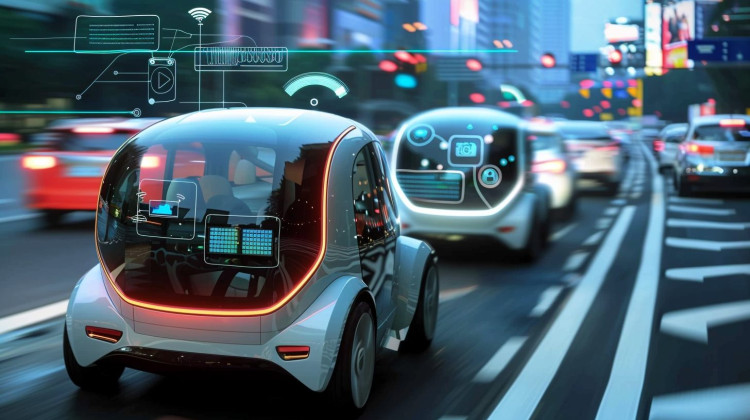The Fascinating Journey of Self-Driving Cars
Self-driving cars have long been a dream of humanity, featured in numerous science fiction stories and movies. The idea of sitting back, relaxing, and letting a vehicle drive itself seemed like something out of a futuristic utopia. However, what was once a fantasy is slowly becoming a reality.
The development of self-driving cars has been a fascinating journey, filled with technological advancements, challenges, and a vision of a safer and more efficient transportation system.
Making Science Fiction a Reality
The concept of self-driving cars dates back to the early 1920s when radio-controlled cars were first invented. However, it wasn’t until the 1980s that researchers and engineers really started to delve into the idea of autonomous vehicles.
One of the key milestones in the development of self-driving cars was the DARPA Grand Challenge, hosted by the United States Department of Defense in 2004. The challenge aimed to promote the development of autonomous vehicles that could navigate a 142-mile course in the desert. While none of the competing vehicles were able to complete the course, the event served as a catalyst for further research and development in the field.
Over the years, advancements in artificial intelligence, machine learning, and sensor technologies have paved the way for the development of self-driving cars. Companies like Google, Tesla, and Uber have invested heavily in this technology, and autonomous vehicles are now being tested on public roads in various cities around the world.
The Benefits of Self-Driving Cars
Self-driving cars have the potential to revolutionize the way we travel. One of the main benefits of autonomous vehicles is increased safety. With advanced sensors and algorithms, self-driving cars have the ability to detect potential hazards and react much faster than human drivers. This could lead to a significant reduction in accidents on the road.
Additionally, self-driving cars have the potential to greatly reduce traffic congestion. With the ability to communicate with each other and optimize routes, autonomous vehicles can navigate roads more efficiently, leading to smoother traffic flow.
Furthermore, self-driving cars have the potential to make transportation more accessible for individuals who are unable to drive, such as the elderly or people with disabilities. This could improve mobility and independence for many individuals.
Challenges and Considerations
While the development of self-driving cars holds great promise, there are still several challenges and considerations that need to be addressed. One of the main concerns is the ethical implications of autonomous vehicles. For example, in a situation where a car is faced with a choice between saving the lives of its occupants or pedestrians, how should it make that decision?
Additionally, there are legal and regulatory hurdles that need to be overcome before self-driving cars can become mainstream. Issues such as liability in the event of an accident and the need for updated traffic laws and regulations are still being debated.
The Road Ahead
The journey towards fully autonomous self-driving cars is still ongoing. While we have made significant progress, there is still much work to be done. As technology continues to advance and the necessary infrastructure is put in place, self-driving cars may soon become a common sight on our roads.
Self-driving cars have come a long way from the realm of science fiction. What was once a dream is now a tangible possibility. As we continue to push the boundaries of technology, self-driving cars have the potential to transform our transportation systems and reshape the way we live and travel.










